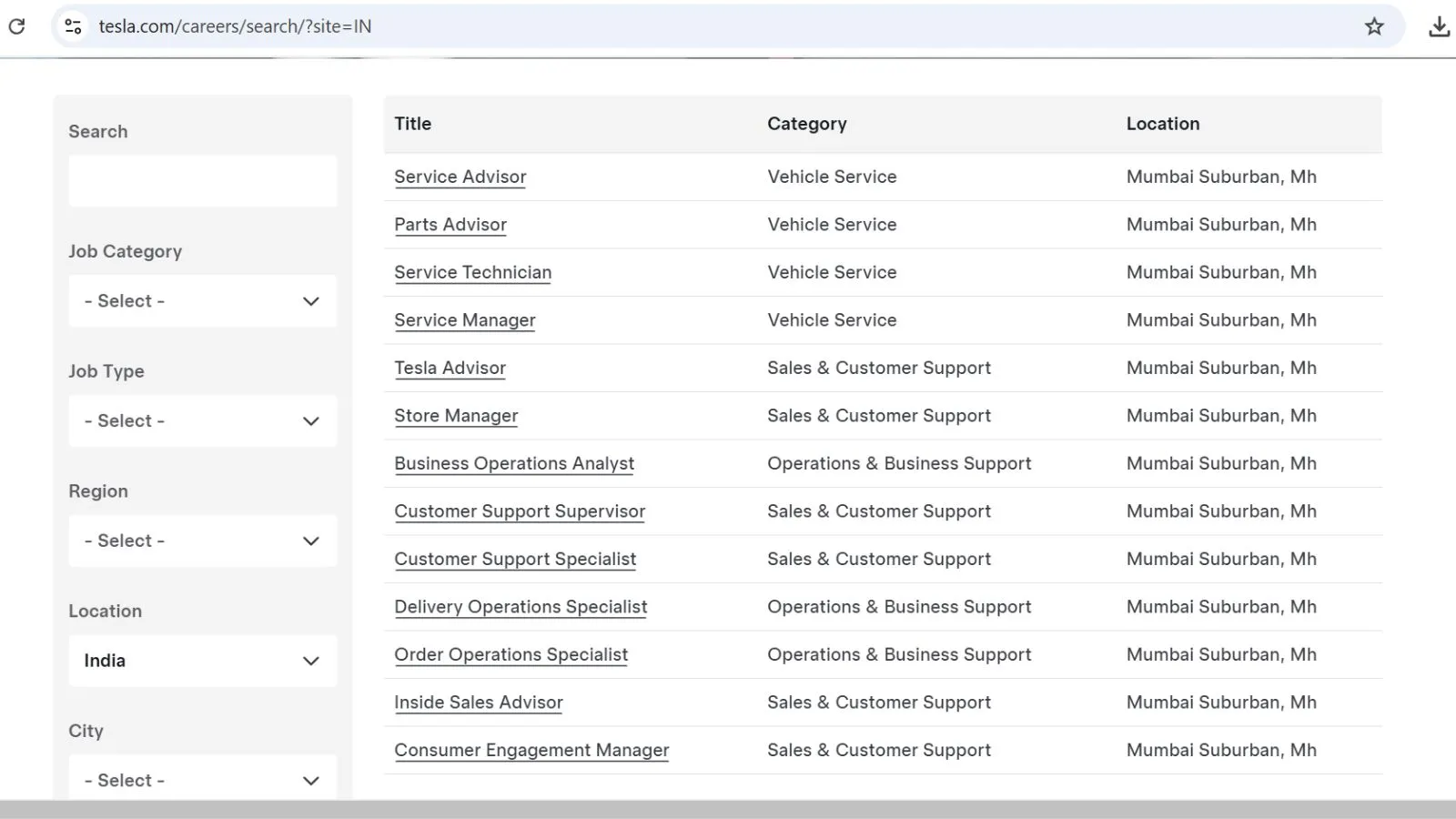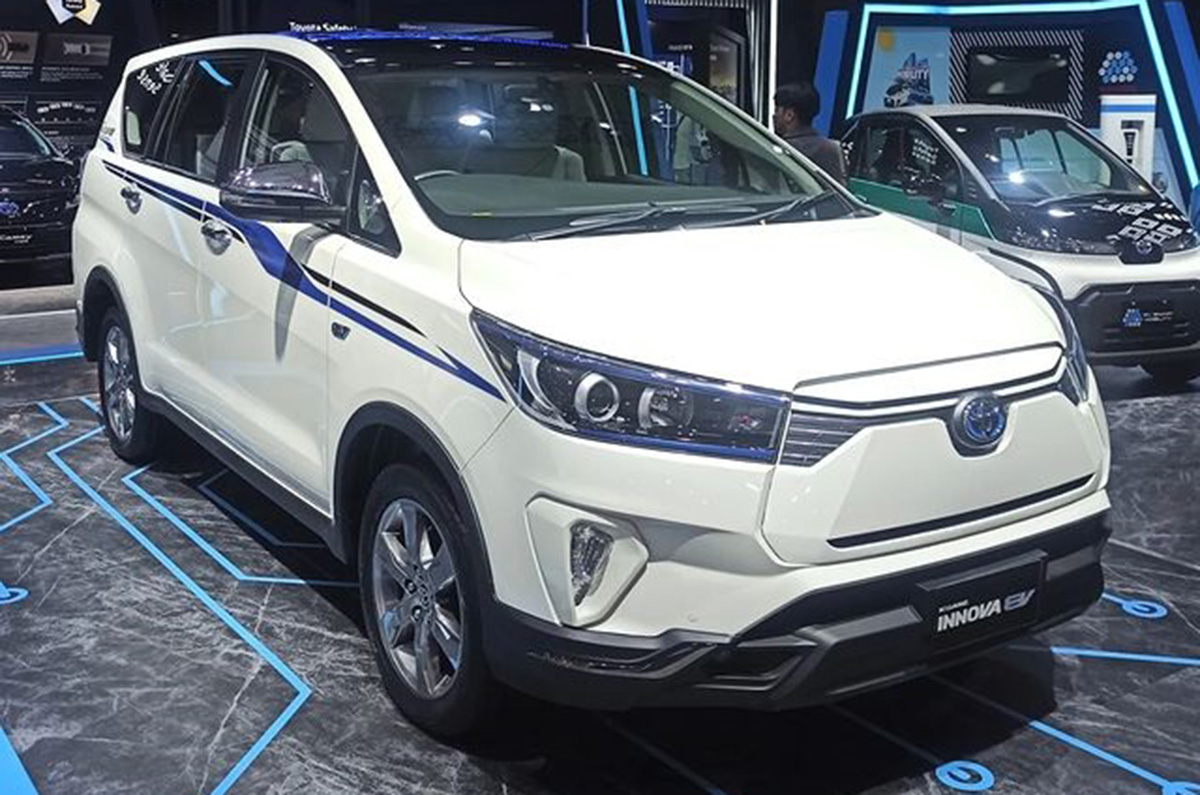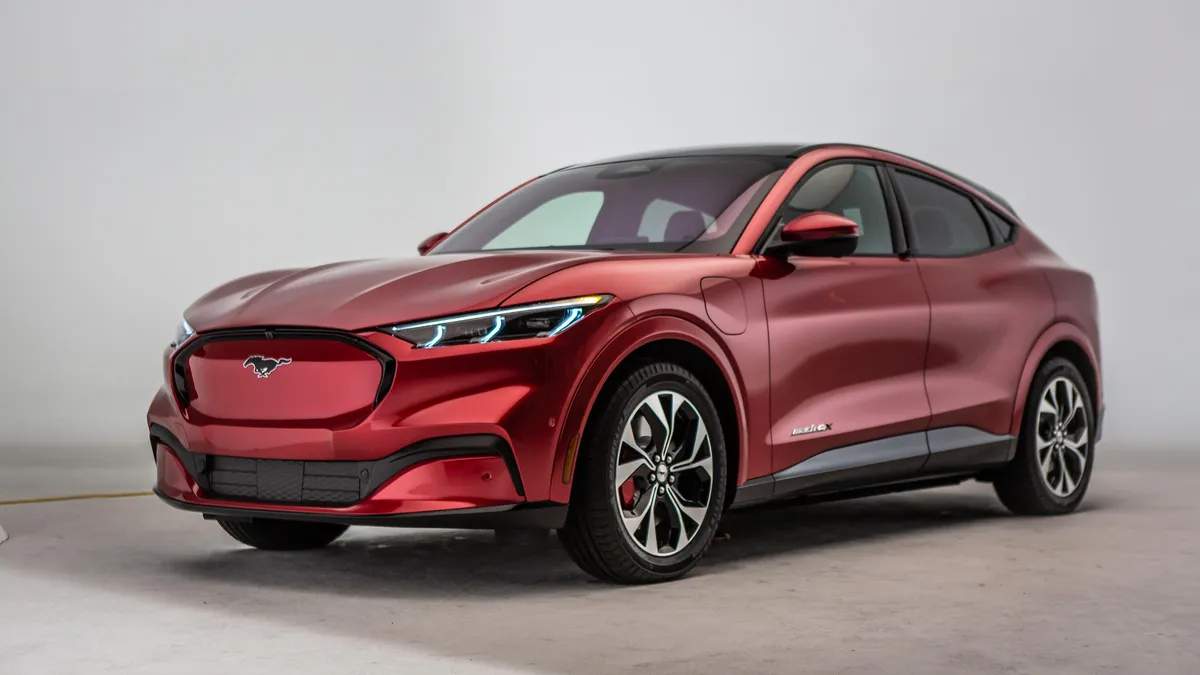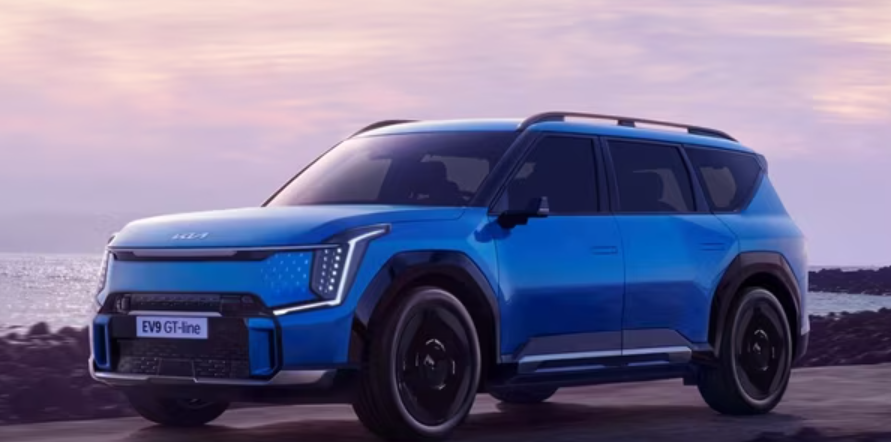Ford publishes data collected by several research self-driving cars in one year
Self-driving vehicles collect a huge amount of information about the world through cameras and lidars to constantly evaluate the environment. Based on this data, they recognize vehicles, pedestrians, signs, and other objects around that are necessary for safe traffic.
Ford offers third-party developers the data they need to build self-driving cars
Automotive data sets are needed by engineers and researchers creating software for self-driving systems. To stimulate innovation in this area, Ford decided to make the data collected by its cars available to representatives of the academic and research community.
More specifically, Ford publishes data collected by several test self-driving cars in one year. The data set includes not only data from lidars and cameras, information about GPS and routes, but also unique elements, for example, maps of the reflectivity of the earth’s surface, allowing you to understand how Ford cars form an idea of the surrounding world. A plugin is also available that can easily visualize data that is offered in the popular ROS format.
The company notes that the availability of data for the whole year, that is, the coverage of seasonal fluctuations, as well as the inclusion of a variety of road conditions, adds value to the set. The data is collected in and around Detroit, so it describes motorways, tunnels, residential neighborhoods, airports, and urban areas that are densely populated. This makes them suitable for modeling various scenarios in which cars with self-driving systems can be found.










